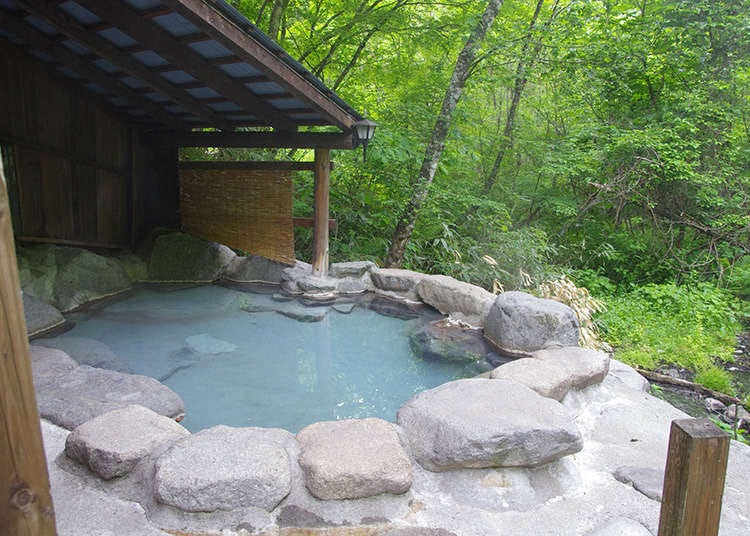
For people both young and old, bathing in an integral part of Japanese culture. In pre-war times, many Japanese houses didn’t have bathrooms; instead people bathed together in public bath houses known as sento. Of course, the obsession with bathing isn’t just cultural--it’s geographic. Due to its positioning above several tectonic plates, Japan has a very active geological landscape, with thousands of hot springs, or onsen, dotted across the country. For visitors to Japan, having a dip in a hot spring or public bath provides an opportunity for an authentic local experience, not to mention real insight into Japanese culture and daily life.
- Table of Contents
The Differences between Japanese Public Baths, Deluxe Public Baths, and Hot Springs
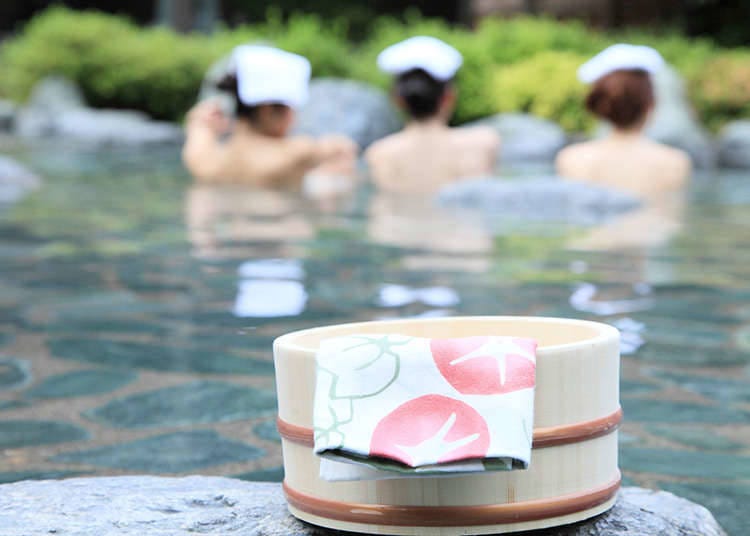
Public baths, or sento, are bathhouses comprising a washroom and either one or several baths of varying temperatures.
Aside from regular public baths, there are also "deluxe public baths" or "health spas." These have restaurants and resting areas in them. Some of these facilities have nap rooms, massage facilities, comic books, computers and even beauty salons! Because of the various services provided, they are more expensive than regular public baths.
An onsen’s hot water comes from a natural underground hot spring source. In accordance with the 1948 Hot Spring Law, to officially qualify as an onsen, the water has to be above 25 degrees and contain at least one of 19 specific mineral components, such as lithium ions and hydrogen ions.
Food is Another Main Attraction on a Hot Spring Trip
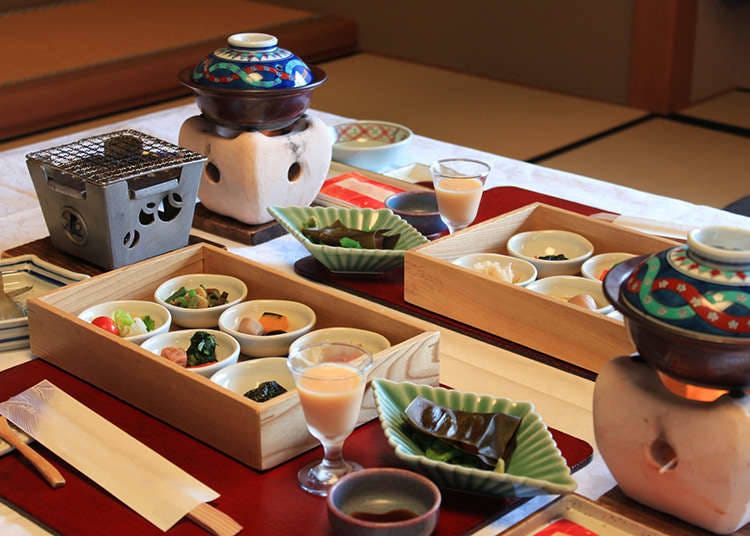
At deluxe public baths and onsen, you can find a selection of restaurants offering traditional and modern Japanese food, such as sashimi, soba noodles, kaiseki cuisine and more. Japan also has many hot spring resort towns, popular destinations for international and domestic tourists savoring both the relaxing bathing experience and the exquisite food.
Indoor Baths and Open-Air Baths
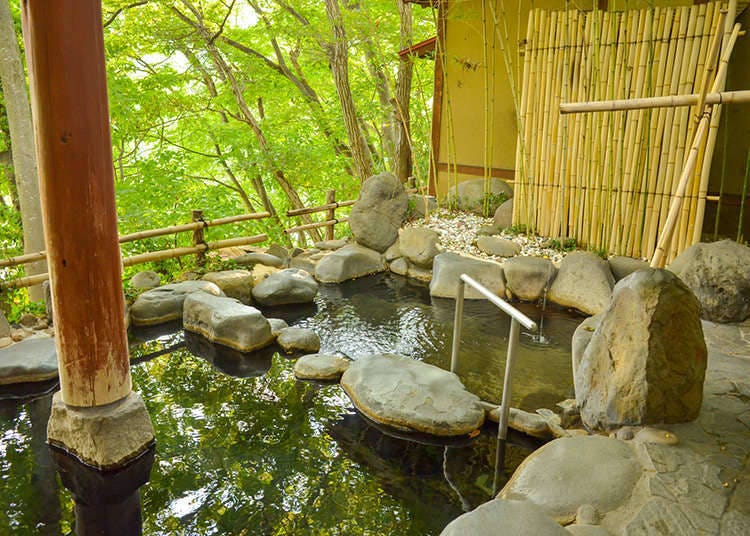
Both hot springs and public baths may feature indoor and outdoor baths. The open-air baths, known as rotenburo, are very popular; being able to enjoy the scenery while relaxing in a hot spring is a huge selling point.
Towels and Toiletries
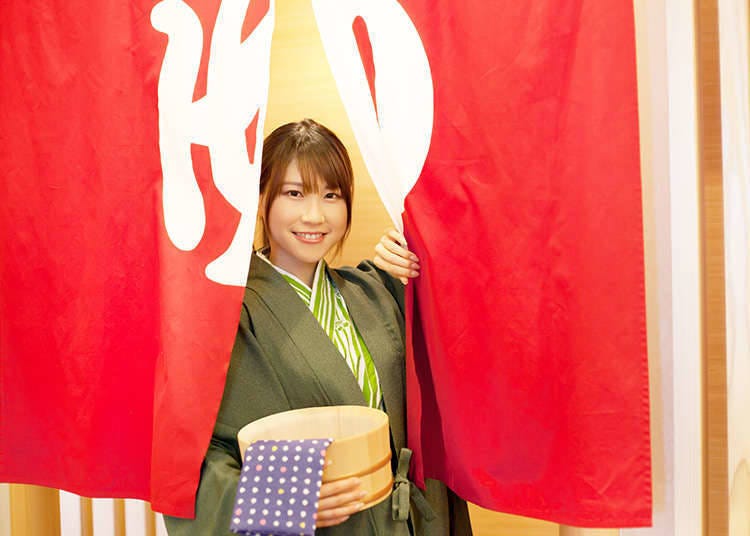
You can bring your own towels and toiletries, or you can rent and purchase these at the venue. It is standard to have two towels: A regular-sized one for final drying, and a smaller one for washing and placing on the head in the hot baths.
Shampoo, conditioner and body wash are usually provided in the bathing room, although this is location dependent. If you didn’t bring your own, you can purchase these at the venue, either from the front desk, or vending machines.
How to Use Sento and Onsen in Japan
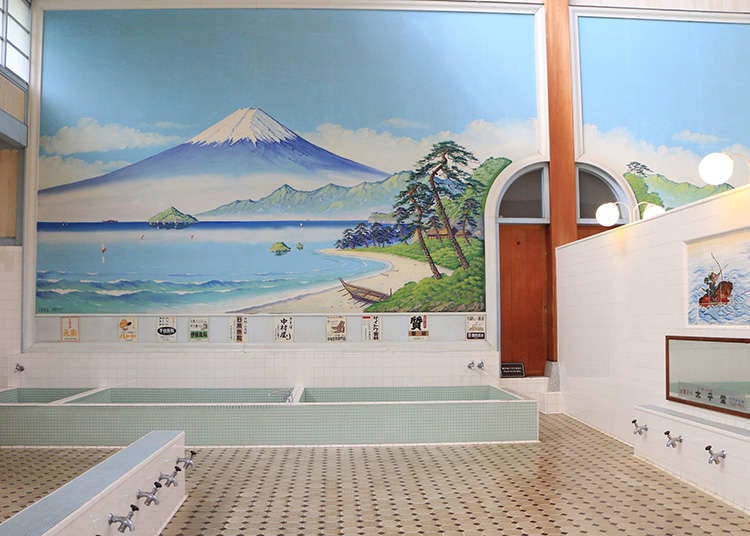
For first-time visitors to public baths and hot springs in Japan, the process can seem a little daunting; but if you follow the basic rules it’s easy to remember for future visits. When you arrive, you will need to take off your shoes and place them in the locker room near the entrance. Then, pay your entrance fee - this is done by either purchasing a ticket from a ticket-vending machine and taking it to the front desk, or you pay directly with cash at the front desk.
Once you have paid, go to the changing room to undress and store your clothing and items in a locker. Take at least your small towel with you for bathing. Sometimes there is a space to leave your large towel inside the bathhouse, for drying off before you re-enter the change room. There used to be a clerk called banto who patrolled the dressing rooms. Nowadays this kind of staff can be found at only a few public baths.
Before bathing, you must wash thoroughly - this may seem counterintuitive until you realize how many other people will be using the baths with you. Take a seat at one of the cubicles, and wash. If you’re using the outside baths, there may be water scoops by the entry to rinse your feet in first before entering. Once you finish bathing, take a shower to rinse off, then dry yourself and re-enter the change room, feeling refreshed!
For women, there’s usually a powder room too, with some amenities like hair dryers and sterilized hair brushes provided.
Is a Swimsuit Needed for Hot Spring Facilities and Public Baths?
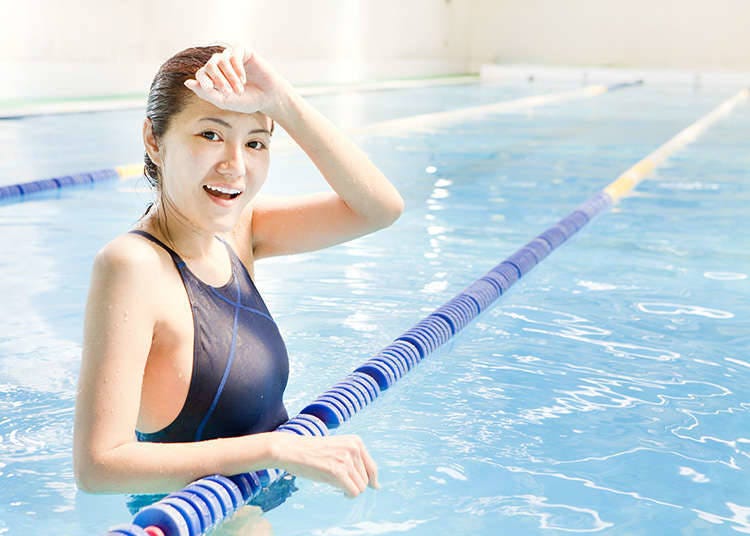
In public baths and hot springs in Japan, you wash and enter the baths without a swimsuit. However, hot spring facilities with lots of tourists often have a heated swimming pool. You can rent a swimsuit for a fee, so you don't have to bring a swimsuit on a short trip.
*Prices and options mentioned are subject to change.
*Unless stated otherwise, all prices include tax.
Limited time offer: 10% discount coupons available now!
Recommended places for you
-

Jukuseiniku-to Namamottsuarera Nikubaru Italian Nikutaria Sannomiya
Izakaya
Kobe, Sannomiya, Kitano
-
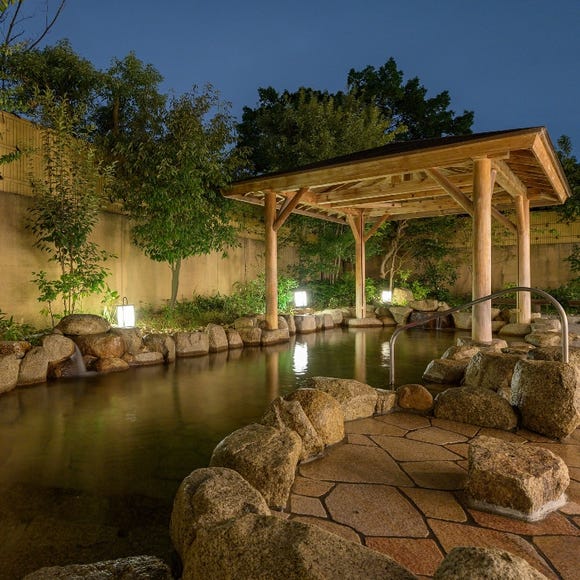
KYOTO TAKENOSATO ONSEN MANYO NO YU
Hot Springs (Onsen) & Bath Houses (Sento)
Kyoto Station, To-ji Temple
-
Goods

Yoshida Gennojo-Roho Kyoto Buddhist Altars
Gift Shops
Nijo Castle, Kyoto Imperial Palace
-
Appealing
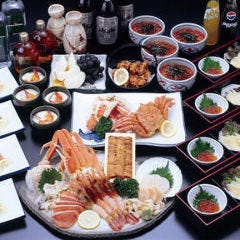
Rukku and Uohei
Izakaya
Sapporo / Chitose
-
Menu
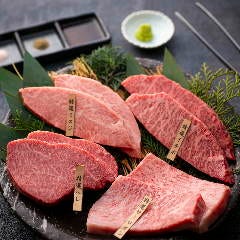
ISHIDAYA Hanare
Yakiniku
Kobe, Sannomiya, Kitano
-
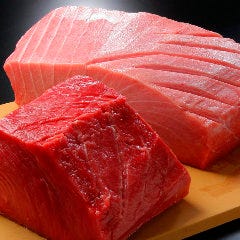
Kamesushi Sohonten
Sushi
Umeda, Osaka Station, Kitashinchi
-

Where to Eat in Shibuya: 14 Must-Try Restaurants for Yakiniku, Sushi, Izakayas, Cafes and More
-

15 Must-Try Restaurants in Ikebukuro: From Aged Yakiniku to All-You-Can-Eat Sushi, Plus Adorable Animal Cafés
-

12 Unique & Fun Tokyo Food Tours to Enjoy in 2024
-

Where to Eat in Yokohama: 10 Must-Try Restaurants for Yakiniku, Izakayas, Unique Dining & More
-

The CASIO S100: How CASIO's Masterpiece Calculator Redefines Business Elegance With Japan-Made Reliability
-

Step Into the Story: Inside Immersive Fort Tokyo
-
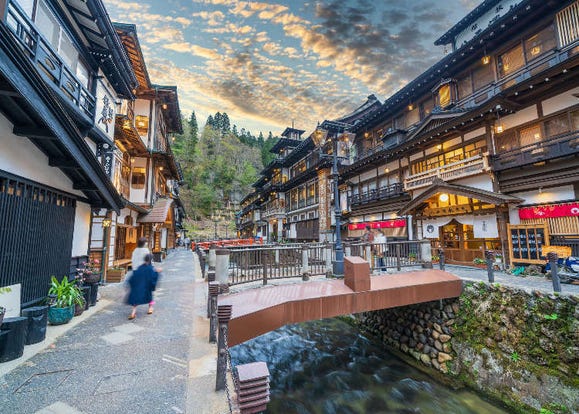
Dreamy Japan: 5 Scenic Onsen Towns in Yamagata Prefecture
-
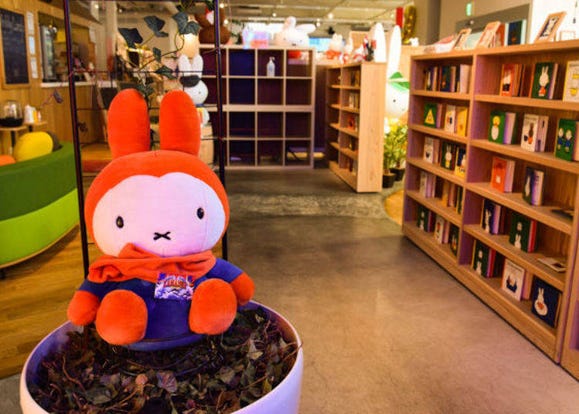
Visiting Japan's Miffy Cafe Will Make Your Heart Melt (Photos)
-
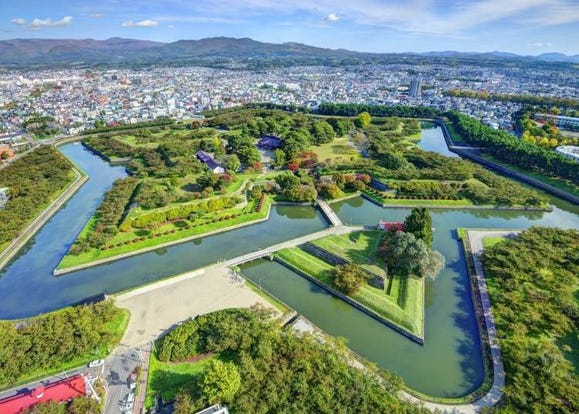
Hakodate 2-Day Itinerary for Exploring Japan's Foodie North!
-
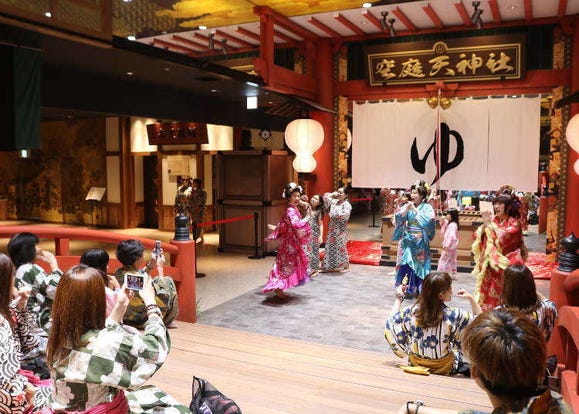
Osaka's Solaniwa Onsen Theme Park Just Took Bathing To The Next Level!
-
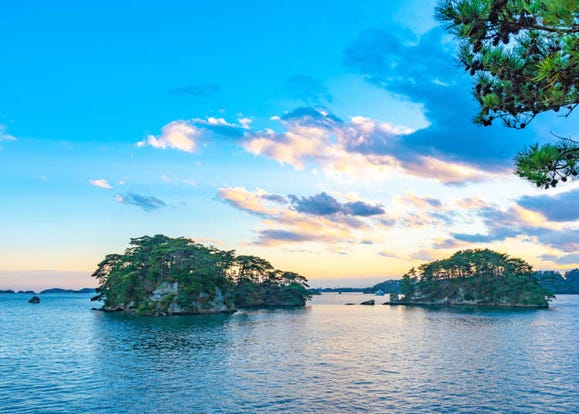
35 Things to Do in Sendai: Festivals, Nature, and Attractions
-

Plan Your Visit to Zao Onsen (Yamagata) - A Comprehensive Guide
- #best sushi japan
- #what to do in odaiba
- #what to bring to japan
- #new years in tokyo
- #best ramen japan
- #what to buy in ameyoko
- #japanese nail trends
- #things to do japan
- #onsen tattoo friendly tokyo
- #daiso
- #best coffee japan
- #best japanese soft drinks
- #best yakiniku japan
- #japanese fashion culture
- #japanese convenience store snacks












